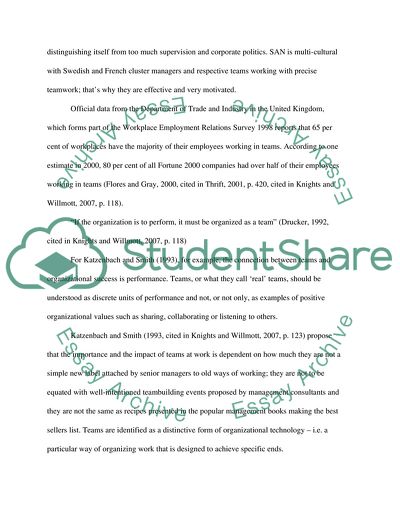Cite this document
(How Does SAN Implement Continuous Improvement and Carry the True Essen Case Study, n.d.)
How Does SAN Implement Continuous Improvement and Carry the True Essen Case Study. Retrieved from https://studentshare.org/human-resources/1732689-managing-people-and-organisations
How Does SAN Implement Continuous Improvement and Carry the True Essen Case Study. Retrieved from https://studentshare.org/human-resources/1732689-managing-people-and-organisations
(How Does SAN Implement Continuous Improvement and Carry the True Essen Case Study)
How Does SAN Implement Continuous Improvement and Carry the True Essen Case Study. https://studentshare.org/human-resources/1732689-managing-people-and-organisations.
How Does SAN Implement Continuous Improvement and Carry the True Essen Case Study. https://studentshare.org/human-resources/1732689-managing-people-and-organisations.
“How Does SAN Implement Continuous Improvement and Carry the True Essen Case Study”, n.d. https://studentshare.org/human-resources/1732689-managing-people-and-organisations.


